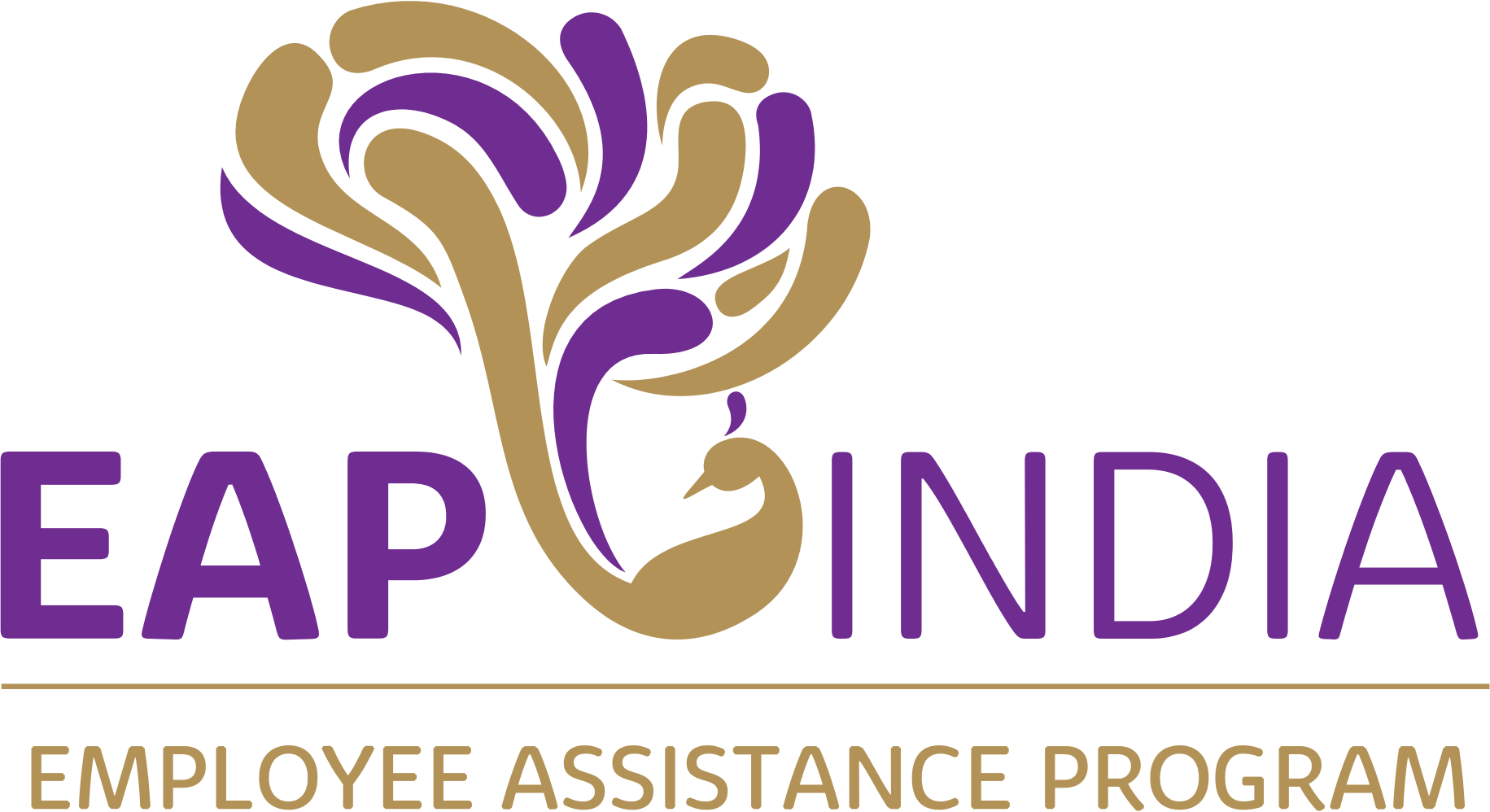In a world that often glorifies self-sufficiency, it can be easy to mistake hyper-independence for strength. We admire the people who seem to do it all — who never ask for help, never falter in public, and always find a way to solve their problems alone. They appear resilient, capable, and untouchable.
But beneath that polished surface, hyper-independence often tells a different story. It is not just a personality trait or an admirable work ethic. More often, it is a protective response — a learned behavior rooted in pain, disappointment, and unmet needs.
Where Hyper-Independence Comes From
Hyper-independence rarely emerges in a vacuum. It is often born from early experiences that taught a person that relying on others is risky.
Maybe they reached out for support and were met with rejection or indifference.
Maybe they showed vulnerability only to have it used against them.
Maybe they simply grew up in environments where their emotional needs were minimized or seen as burdensome.
Over time, the lesson becomes clear: “If I don’t rely on anyone, I won’t get hurt.”
What looks like admirable self-reliance on the outside is often a form of emotional self-protection on the inside. It’s a carefully constructed armor designed to prevent the pain of abandonment, disappointment, or betrayal.
The Fear Beneath the Surface
Hyper-independence is not just about doing everything yourself — it’s about fear.
-
Fear of relying on others and being let down
-
Fear of being seen too closely and judged
-
Fear of being perceived as weak, needy, or “too much”
When you’ve learned that asking for help leads to pain, it becomes safer to never ask.
When you’ve learned that vulnerability opens the door to judgment or exploitation, it becomes easier to stay hidden behind competence and control.
Hyper-independent people often don’t consciously realize how much fear drives their behavior. On the surface, it can feel empowering to be the one who “never needs anyone.” It offers a sense of control in a world that once felt uncontrollable. But over time, the armor gets heavy.
The truth is: everyone needs connection. Everyone needs support, understanding, and closeness. Denying those needs doesn’t make them disappear — it just makes them harder to reach.
The Hidden Costs of Hyper-Independence
Living in a state of hyper-independence comes with costs. It can lead to:
-
Emotional isolation: You may feel unseen, even by those who care about you.
-
Chronic burnout: Carrying every burden alone is exhausting.
-
Difficulty trusting others: Relationships may feel distant or transactional.
-
Shame around vulnerability: Even normal needs can feel like weaknesses.
While hyper-independence can initially feel like a source of pride, over time, it can become a barrier to meaningful connection and emotional health. It reinforces a cycle where isolation feeds fear, and fear feeds further isolation.
Healing Isn’t About Losing Your Strength
One of the biggest fears for someone who is hyper-independent is that healing means becoming weak — that letting down their guard will somehow erase their competence, toughness, or self-sufficiency.
But healing doesn’t mean abandoning your strength.
It means adding to it.
It means learning that strength and vulnerability are not opposites — they are companions.
It means allowing yourself to trust selectively and wisely, without expecting perfection from others.
It means recognizing that accepting help, sharing your struggles, or asking for support does not diminish your worth — it deepens your humanity.
Healing also doesn’t mean flinging yourself into blind trust or reckless openness. It often starts small — maybe by letting someone see your uncertainty without immediately covering it up. Maybe by accepting help in a low-stakes situation. Maybe by allowing yourself to admit, even privately, that you don’t have to do everything alone.
Each small act of trust rebuilds the bridges that hyper-independence once burned.
Learning to Let People In
Trusting again is a slow, intentional process. It involves risk, and it involves the possibility of hurt. But it also involves the possibility of connection, support, and relief.
You don’t have to open the floodgates overnight.
You don’t have to let everyone in.
You only have to find the people who show you, consistently, that they are safe, and take small steps toward them.
Sometimes, healing isn’t about softening your edges. It’s about finding people who can sit with you as you are — strong, guarded, learning — and not flinch.
It’s about trusting someone enough to let them in, even if just a little.
And it’s about realizing that true strength is not in needing no one — but in knowing when, and with whom, to share the load.



